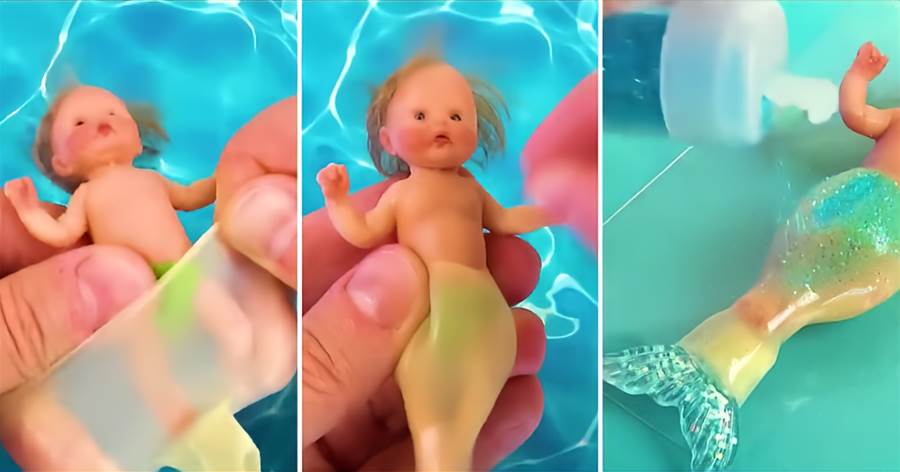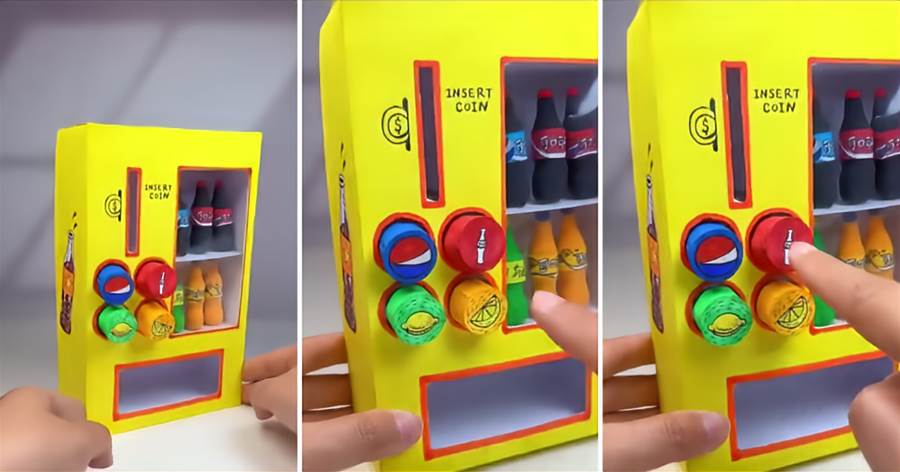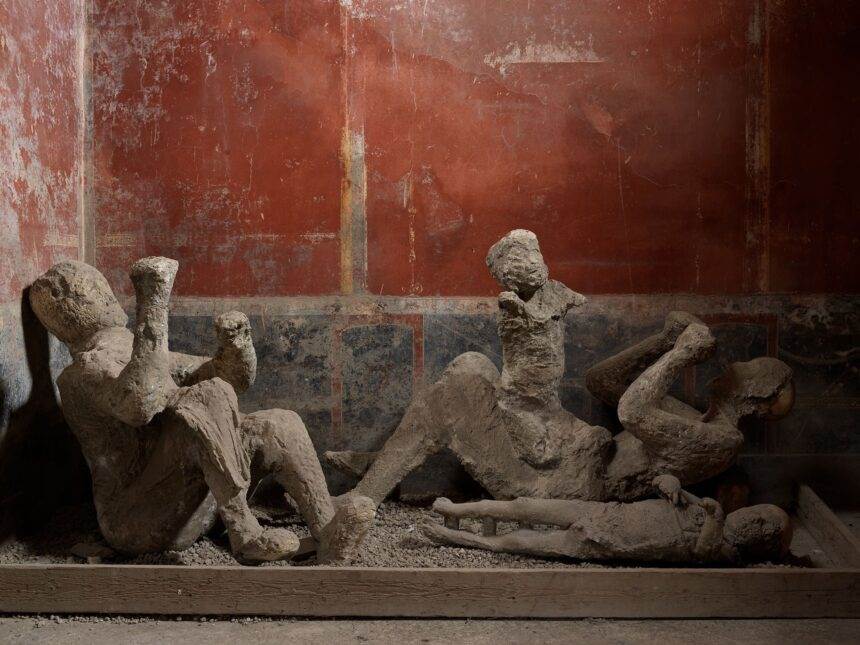
The Pompeii Mystery: The Truth Behind the "Bodies"
Hi there, I'm Orion, and I've always had a passion for collecting global oddities and bizarre tales from around the world.
Today, I'm diving into a mystery that has captivated many for centuries—the famous "bodies" of Pompeii.
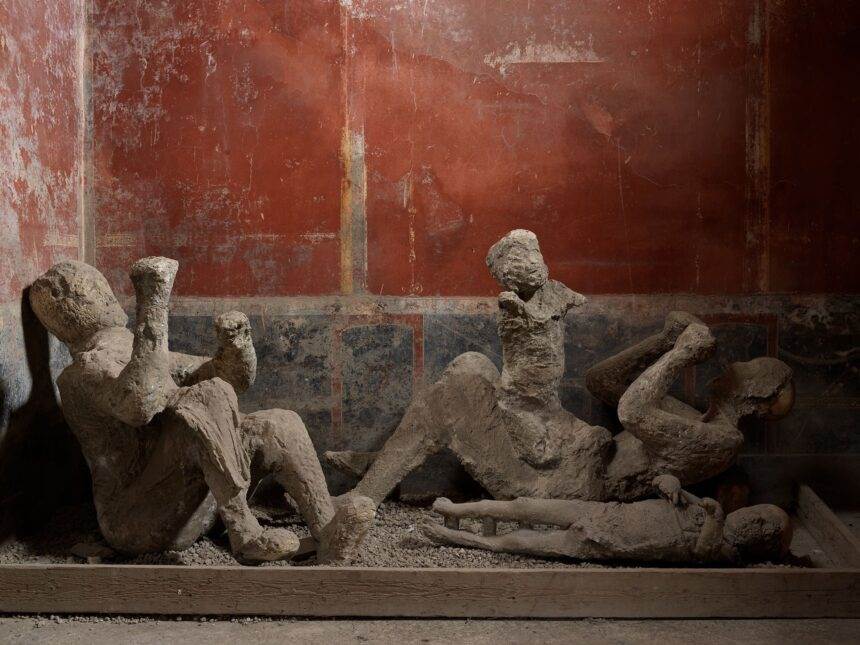
Unveiling the Tragic Truth
Many people assume that the victims of the eruption of Mount Vesuvius in 79 AD were somehow preserved in stone or miraculously frozen in time. In fact, what most people see as fossilized bodies are far from human remains. The truth is much more fascinating—and chilling.
When the volcano erupted, a deadly surge of ash and toxic gases rushed through Pompeii, killing thousands of people almost instantly. The volcanic debris buried the bodies in layers of hot ash, which caused them to decompose over time. This left behind perfect molds in the hardened volcanic material—the empty spaces where their bodies once lay.
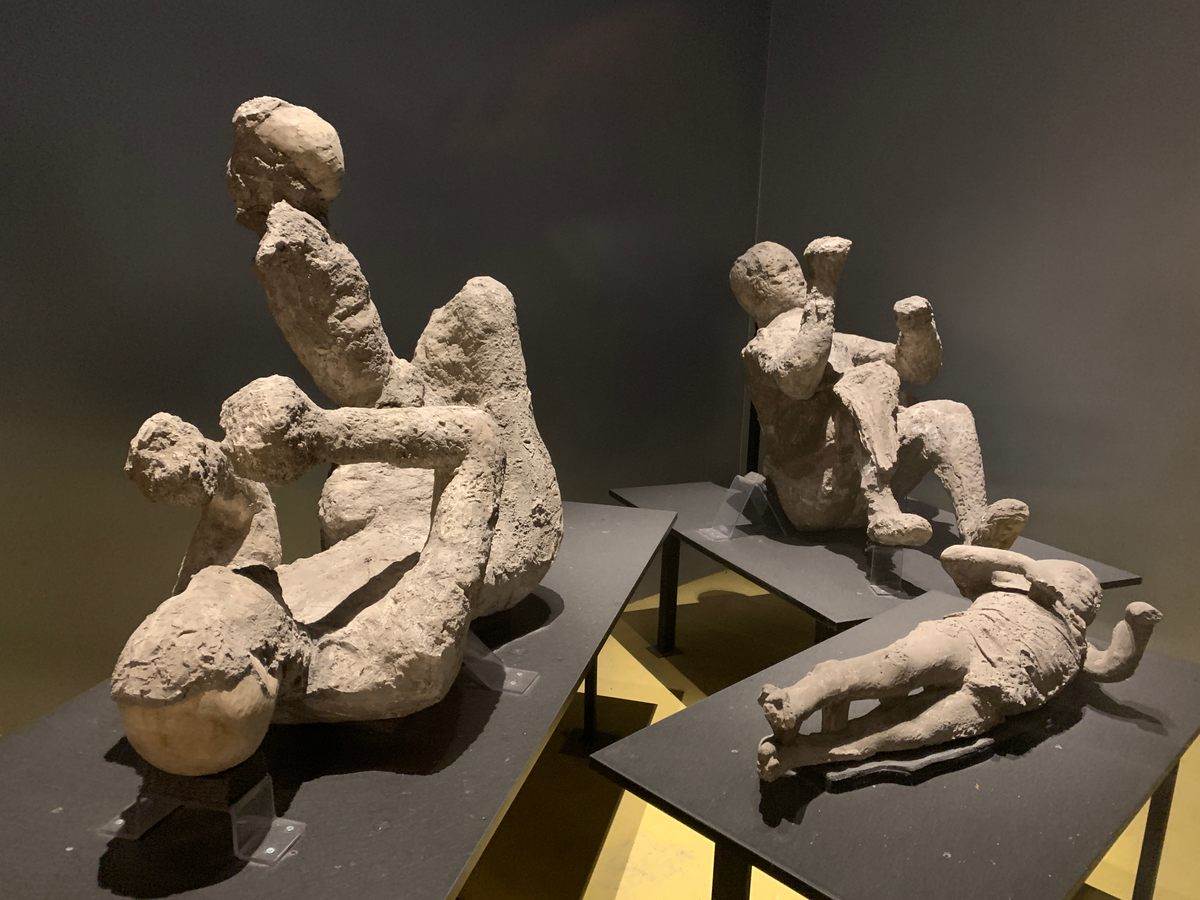
In the 19th century, archaeologists discovered that by pouring plaster into these hollow cavities, they could recreate the forms of the victims.
The result was an astonishing series of plaster casts that captured the final moments of these people. The casts show details like the folds in their clothing, the anguished expressions on their faces, and even the way their hands were positioned in their last moments.
A Snapshot of Tragedy
So, what you're actually seeing in Pompeii today isn't fossilized human remains, but plaster replicas of the bodies formed in the spaces left behind. These eerie figures are more than just relics of the past; they are a
haunting reminder of a civilization lost in an instant. The tragedy of Pompeii is preserved in time, offering us an emotional connection to the lives of those who perished there.
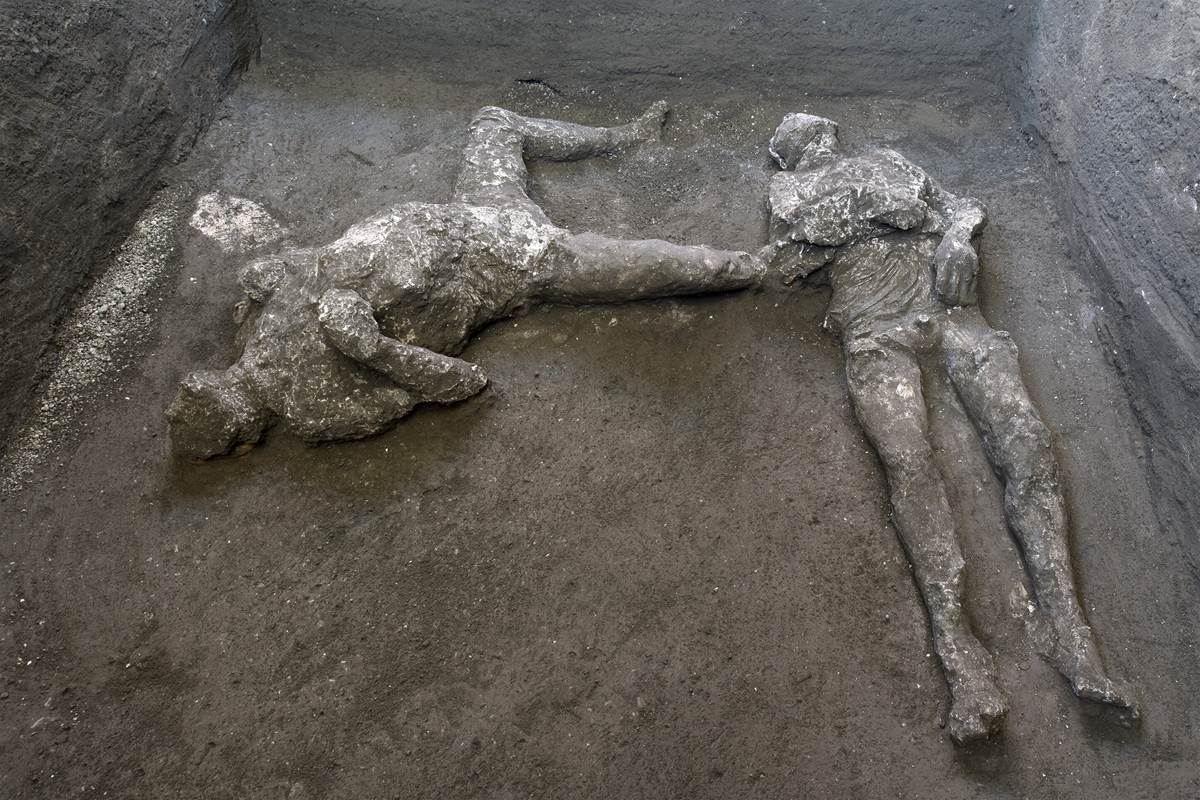
These plaster casts are a chilling, yet powerful way to experience history. They show us how quickly life can change—and how deeply the past can resonate in our present.
Follow our page! Orion brings you more incredible stories from around the world every day.
The excitement never stops!



